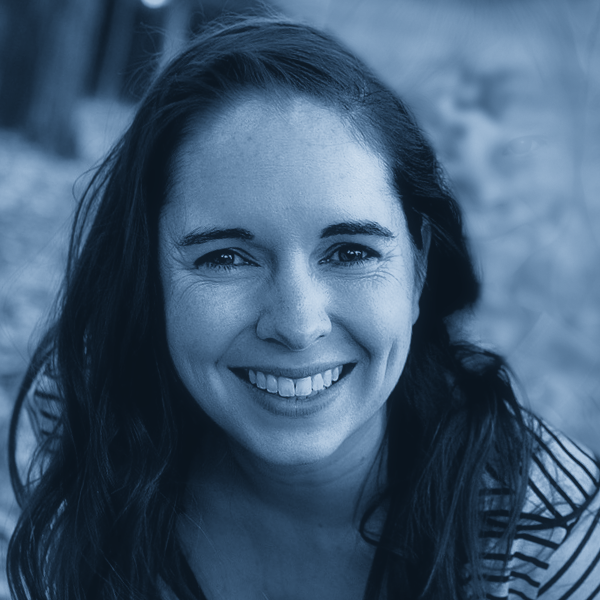The Thingamaboob hanging from Sarah Bradshaw’s keychain is more than a show of support for breast cancer research – it’s a visual reminder of the lump she found in her own breast, and how sooner always trumps later in detecting the disease.
Made of increasingly larger pink beads, the Thingamaboob is a Canadian Cancer Society keychain to promote breast cancer awareness month across the country. The beads give women a hands-on idea of the various sized lumps that can be detected through regular mammograms, a physical exam by a healthcare professional and checking their breasts. Regular mammography finds the smallest lump – about the size of an apple seed – while the average sized lump found by women checking their breasts is the approximate size of a cherry tomato.

“Talking about breast cancer may not be a topic that everyone feels comfortable discussing,” said Bradshaw, fundraising chair for the Canadian Cancer Society Waterloo Region. “The Thingamaboob is great because it can help you break the ice and get the conversation started with all of the special women in your life by visually showing them that regular mammograms can find the smallest lump and detect cancer the earliest, which means there is a better chance of treating the cancer successfully.”
The Elmira woman began volunteering with the cancer centre when a close friend of hers was diagnosed with, and later succumbed to breast cancer. Although she started as a general volunteer, she quickly moved into the leadership role of fundraising chair. It was with pure disbelief that she found a lump in her own breast.
At only 47 years of age, with no previous family history of breast cancer, Bradshaw had never seen a need to have a mammogram or breast examination done up until that point. She put off visiting her doctor, assuming and hoping that the lump she found was something else … anything but cancer.
“There are times when I get mad at myself for not doing something quicker, about not doing something about the lump when I felt it. I know now that you need to just have the courage. As soon as you suspect something is wrong, go and see your physician, go and get a mammogram, and take the steps you need to take.”
Most often breast cancer is first noticed as a painless lump in the breast or armpit. Women or their partners may discover the lump, or their doctor may find it during a routine physical exam or screening mammogram. Other signs include changes in breast size or shape, dimpling or puckering of the skin, redness, swelling and increased warmth in the affected breast, and crusting or scaling on the nipple.
The Cancer Society urges anyone with these types of symptoms to get checked out with their family doctor or cancer screening clinic.
Since beginning treatment, Bradshaw has lost her thick, dark, curly hair; she has suffered periods of nausea and fatigue, and she developed a burn somewhat like sunburn from the radiation. She quickly went from the caregiver, to the one needing care from others – not an easy transition for the driven, hardworking mother of two.
“It was so strange, and it goes to show you that it really can happen to anyone. I wasn’t going to talk about it any more: I was actually going to have to live it.”
Bradshaw is nearing the end of her treatment now and she noted that she feels lucky to have been given the level of care that was given at the Grand River Cancer Centre, saying it was ‘full service,’ including visits with counsellors, social workers, dieticians and specialized pharmacists, on top of the specialists in surgery, chemotherapy and radiation.
“I walked into the clinic and was stunned: it was wonderful.”
This exceptional level of care for breast cancer patients in the area is in large part due to the money raised during Breast Cancer Awareness month every year.
The Canadian Cancer Society emphasizes strongly the fact that early detection helps fight breast cancer, which is why regular mammograms are so important – they’re the most reliable way to catch breast cancer early when it’s most treatable. Breast screening rates in Waterloo/Wellington are lower than the provincial average, with only 65 per cent of women between the ages of 50 and 69 going for regular breast screenings.
Bradshaw noted that this may be due to the stigma surrounding cancer, because people are not aware of their risk, or simply do not think they have access to the screening if they do not go to a family doctor regularly. The Cancer Society, however, can put you in touch with an available clinic for a screening regardless of how frequently you see a family doctor.
“I think one of the main things that I have realized since going through this is how important we are to each other in communities. I will be more likely to take someone some muffins when I hear that they’re sick, or drop in a card or go and visit someone, because that meant so much to me.”







